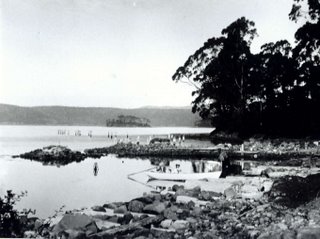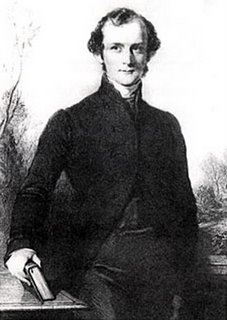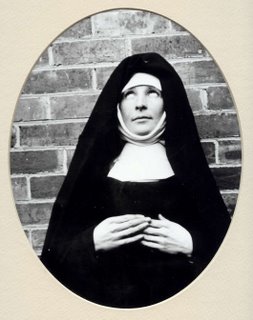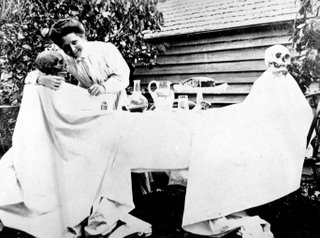 Boreham always thought of himself as a generalist yet in the following quotes from one of his early books he boasts of being an expert:
Boreham always thought of himself as a generalist yet in the following quotes from one of his early books he boasts of being an expert:“There is just one spot on God's fair earth that I fancy I know better than
anyone else...It is a landlocked bay a couple of square miles across. I have
spent about six months of my life poking about this solitary place trying to woo
its favour and win its golden secrets and I really think that if one of the
trees about the waters edge were to fall in my absence I should miss it and
mourn it next time I go…”
“I rowed one day recently into a shady little inlet and was surprised to find it exactly as I had left it a couple of years before..... It was here, as it was in the beginning it is now and ever shall be world without end and it is restful to saturate oneself in the brooding silence of the primeval forest. I like to sit in this quiet cove where I picknicked two years ago and to reflect that it is today exactly as it was in the days of Caesar. It is like closing your tired eyes when at the cinematograph you can bear the flicker no longer....”
“The local inhabitants have never awakened to the charms of the beauty-spots around them.”[1]
These excerpts are further illustrations of the way F W Boreham took time out for leisure and silence. It reveals his love of nature which he possessed from childhood. These lines contain some of his signature themes‑the importance of beauty to the world, the way nature links us to the ages, his disdain for the artificial (viz. the cinema) and the importance of cultivating an appreciation for the commonplace and the familiar.
Geoff Pound
Image: One of Boreham’s photos of Wedge Bay, Tasmania, Australia.
[1] F W Boreham, The Golden Milestone, 109.






